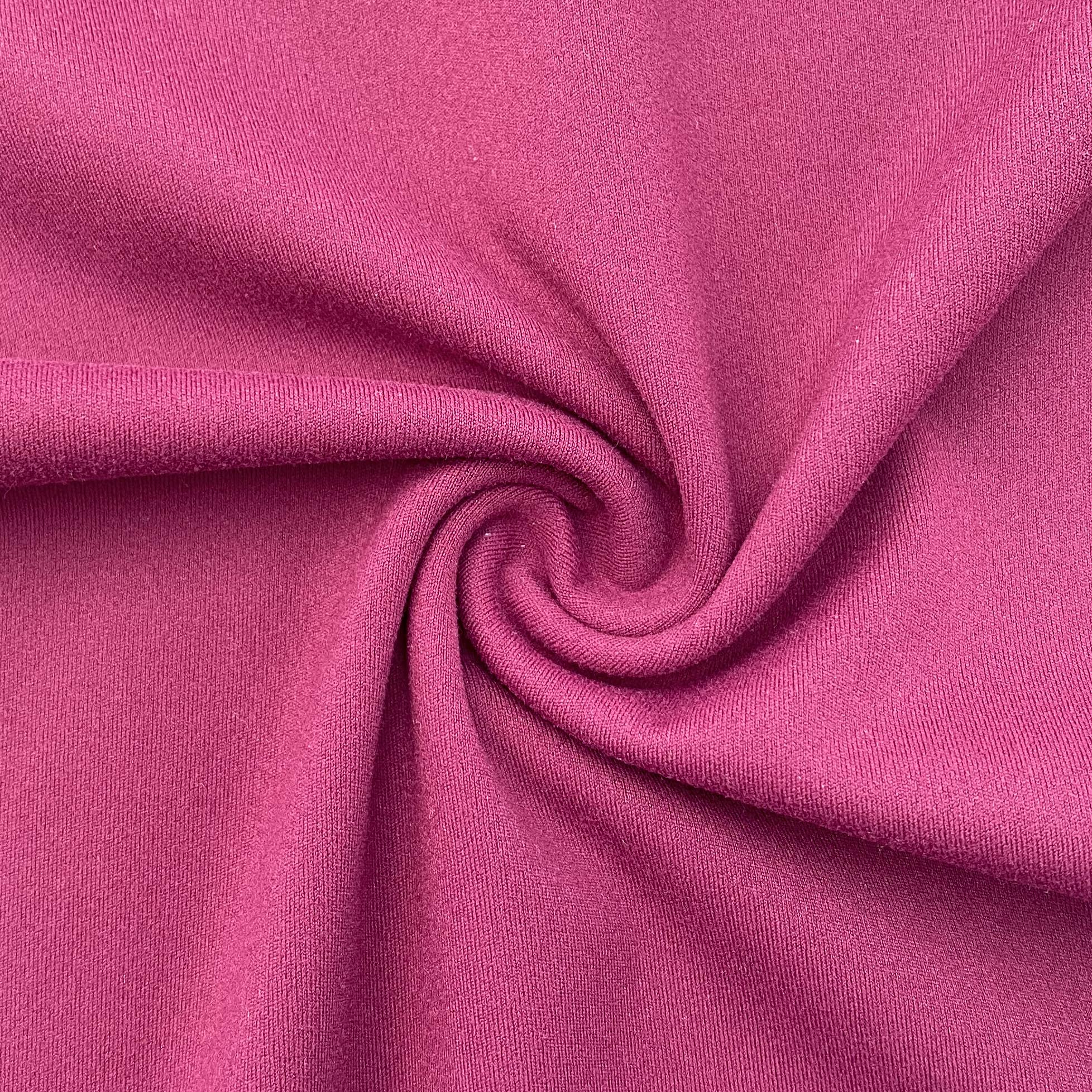When selecting a
jersey fabric, there are several things to consider. First, make sure that it is suitable for the pattern you plan to use. You should also check the elasticity of the fabric before sewing it. A knitted fabric has a lot of stretch, which makes it difficult to stitch. Another drawback of jersey is that it can develop runs, holes, and snags. As a result, this type of fabric is not ideal for every type of garment.
When sewing with knit fabrics, use the walking foot and a long/medium-length stitch. After that, finish the raw edges with an overlock or zigzag stitch. To make sure that your sewing machine's settings are correct for knit fabrics, try a small test piece before sewing a large project. Using the wrong sewing foot or thread can ruin your project. It's also best to pre-wash the fabric before starting a sewing project.
When sewing with jersey, choose a stitch that matches the stretch characteristics of the material. A medium/long stitch length is ideal for sewing two pieces of fabric together. For the finishing edge, use an overlock or zigzag stitch. If you are not sure of a stitch, practice on a spare piece of fabric before sewing with the fabric. It's best to make adjustments if needed. You can always adjust the length of the stitch to suit the type of material you're using.
Once you've selected the pattern, you can start making the garment. Remember to use a walking foot and a medium/long stitch length for seaming. A zigzag stitch or overlock stitch is the best option for finishing raw edges. A test stitch should be done on a small scrap piece of fabric first. It's important that you practice sewing with jersey fabric before you begin your project. This will ensure that your finished project is both comfortable and beautiful.
A single-knit jersey is lightweight and floppy. It is a good choice for garments that have a lot of movement. A t-shirt is the perfect example of a garment made of this type of fabric. It is easy to sew, but you should be careful when cutting it. It can stretch a lot if it is not cut correctly. In this case, you should pre-wash the fabric before sewing it.
When sewing with jersey fabric, you should make sure that your sewing machine is designed to accommodate the stretch properties of the fabric. When sewing with this fabric, you should use a walking foot and a medium/long stitch length. After sewing, you should finish the raw edges using an overlock or zigzag stitch. The stitches should be very narrow to prevent the fabric from ripping or stretching. In addition to a walking foot, you should use a zigzag stitch for your finished garment.
A jersey fabric is a knit fabric that is both soft and stretchy. Single-knit jersey is softer than double-knit jersey, which is more firm. A double-knit jersey is more resistant to stretch and is best for more structured garments. It is also a great choice for athletic wear, and is a good choice for jeans, shorts, and tops. However, it is not recommended for sewing clothing for children.
The first step is to choose a jersey fabric with the right size. It should fit your body, and the size you choose should be comfortable. A single-knitted jersey will stretch, and you should avoid making too small or too-large a garment with this fabric. If your pattern has a stretch, it will shrink, so pre-wash the fabric before you begin. You should also use a ballpoint needle because of the small fibers in the fabric.
When sewing jersey fabric, it is important to use a sewing machine with the right type of foot. A machine with a walking foot will give you a more flexible stitch. A straight-knitted machine will not have a problem with this type of fabric. A walking-knitted machine will also have no problem with this fabric. In addition, you will need to use a twin-needle for sewing and iron it to prevent fraying.

